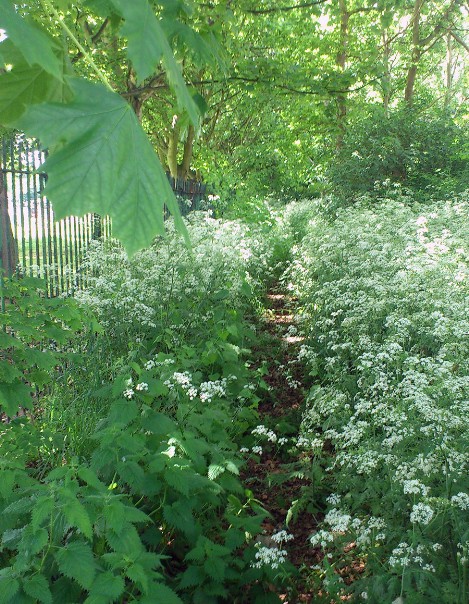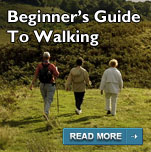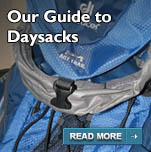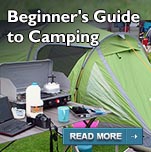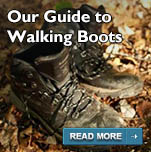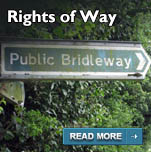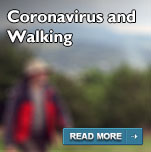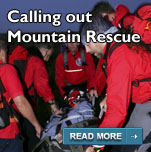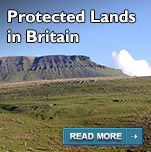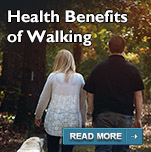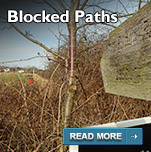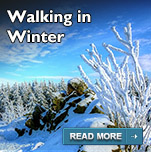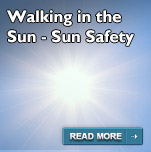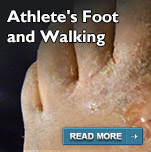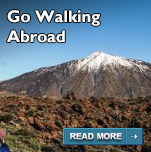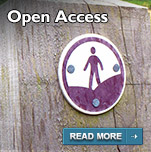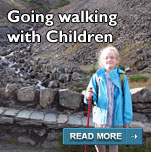Our Guide to the 'Right to Roam' in Scotland
Ordnance Survey maps as in the rest of Britain,
But it does have something called "The Right to Roam"...
What is "The Right to Roam" or "The Freedom to Roam"?
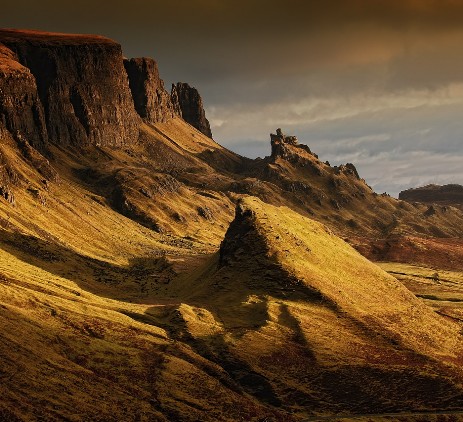
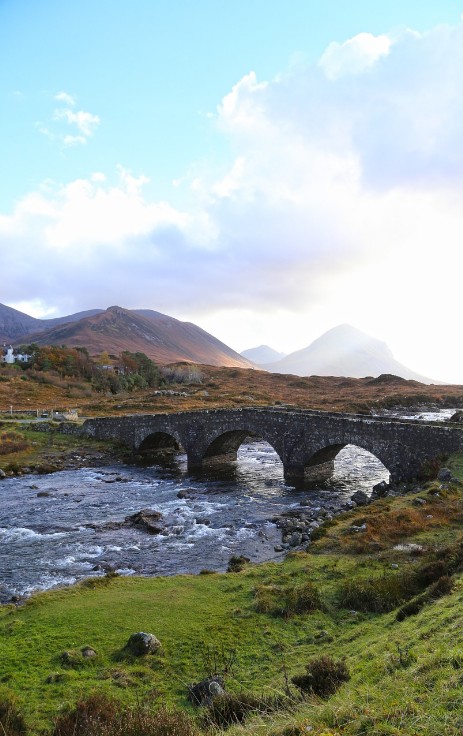
- recreational purposes (such as pastimes, family and social activities, and more active pursuits like horse riding, cycling, wild camping and taking part in events)
- educational purposes (concerned with furthering a person's understanding of the natural and cultural heritage)
- some commercial purposes (where the activities are the same as those done by the general public), and
- for crossing over land or water.
- Respect the interests of other people
- Care for the environment
- Take responsibility for your own actions
- Take responsibility for your actions
- Respect people's privacy and peace of mind
- Help land managers and others to work safely and effectively
- Care for the environment
- Keep dogs under proper control - visit our page for details about walking dogs in Scotland
- Take extra care if organising a group or event
- Houses and gardens
Access rights don’t apply to houses or dwellings, and you must stay far enough away to maintain the privacy of the occupants and not to create unreasonable disturbance. Usually, this means simply means keeping out of their gardens. In the case of large country houses, try to remain out of sight of any buildings and return to a path as soon as possible.

- Other buildings and works
Access rights do not apply on land on which there are other kinds of buildings, structures, works, plant or fixed machinery. Access has historically been taken across some dams, and this will continue. - Farmyards
Farmyards aren’t included in the statutory right of access, but many usable tracks lead through farmyards. If these tracks have always allowed access, you are still entitled to do so. You do in any case have the right to go around the farm buildings, as long as you avoid getting too close to the house, by using the margins of the adjacent fields.
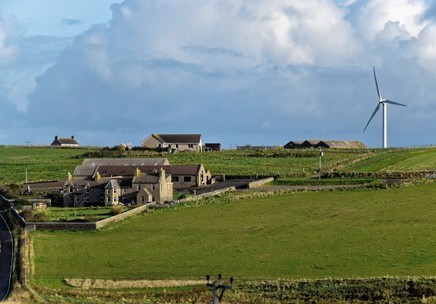
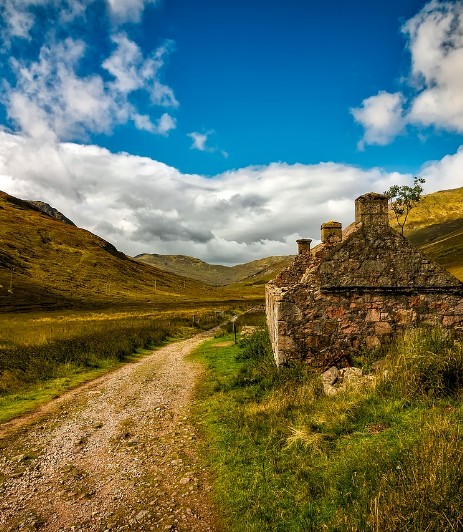
- signposted at key access points, all boundary crossing–gates, stiles and gaps through fences, hedges and walls
- should be accessible to all legitimate users
- the path surfaces can be anything from grassy country paths to tarmac surfaced paths.
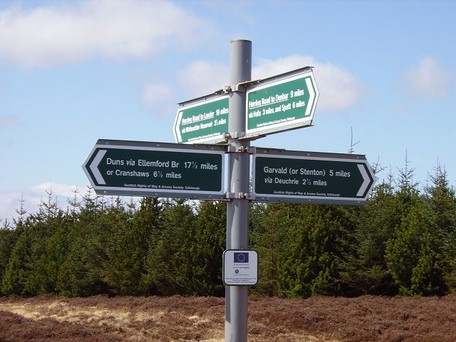
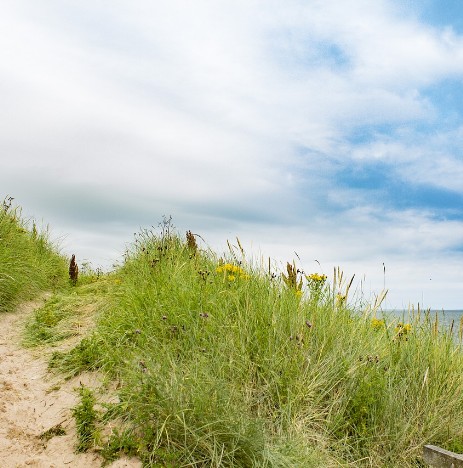
How to find Core Paths
When you are out and about, Core Paths are increasingly signposted with green finger signposts, similar to the ones will are very familiar in England and Wales.
You can find all of the Core Paths on one map on the Scottish Natural Heritage's website here - along with helpful links to the Core Paths section of every Scottish Local Authority's website, so you can do more local research there.
At present, the Core Path network isn't shown on Ordnance Survey (OS) maps in Scotland. This is in line with Scottish Rights of Way, which historically have never been printed on OS maps.
Clearly, having the Core Paths on OS maps would increase their visiblity and encourage more people to venture out on them - but there has been some confusion as to whether the Core Paths are due to be included on "the next edition", as some local authorities' websites claim... So Andrew contacted the OS to find out...
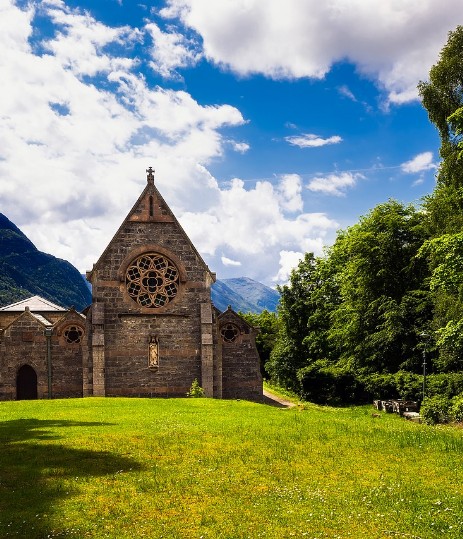
Hi Andrew, Although we recognise the value of core paths in scotland, the data we have seen is rather incosistent. Therefore there are no plans to add them at present. This may change in the future. Apologies if this is not the answer you were hoping for. Kind regards, David.
— OS Leisure (@OSleisure) March 19, 2018
So, it will clearly be soon time before the Core Maps are added to Ordnance Survey maps.
Ramblers Scotland have a campaign running to change this, so if you'd like to see Core Paths added to the Ordnance Surveys' Explorer and Landranger maps in Soctland, then you might like to sign their petition.
Harvey Maps say they do show the Core Paths on their Scottish maps, but they don't distinguish between them and ordinary paths.
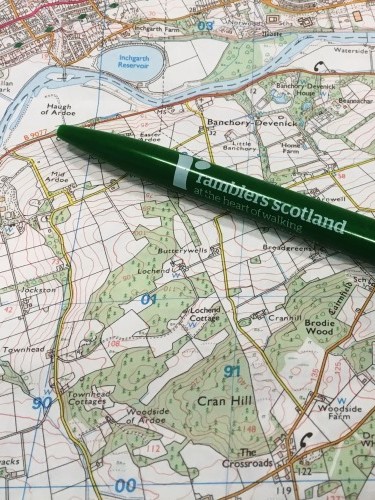
Problems in using a Core Path
- the National Park Authority if it's in a national park
the local authority for land outside national parks
